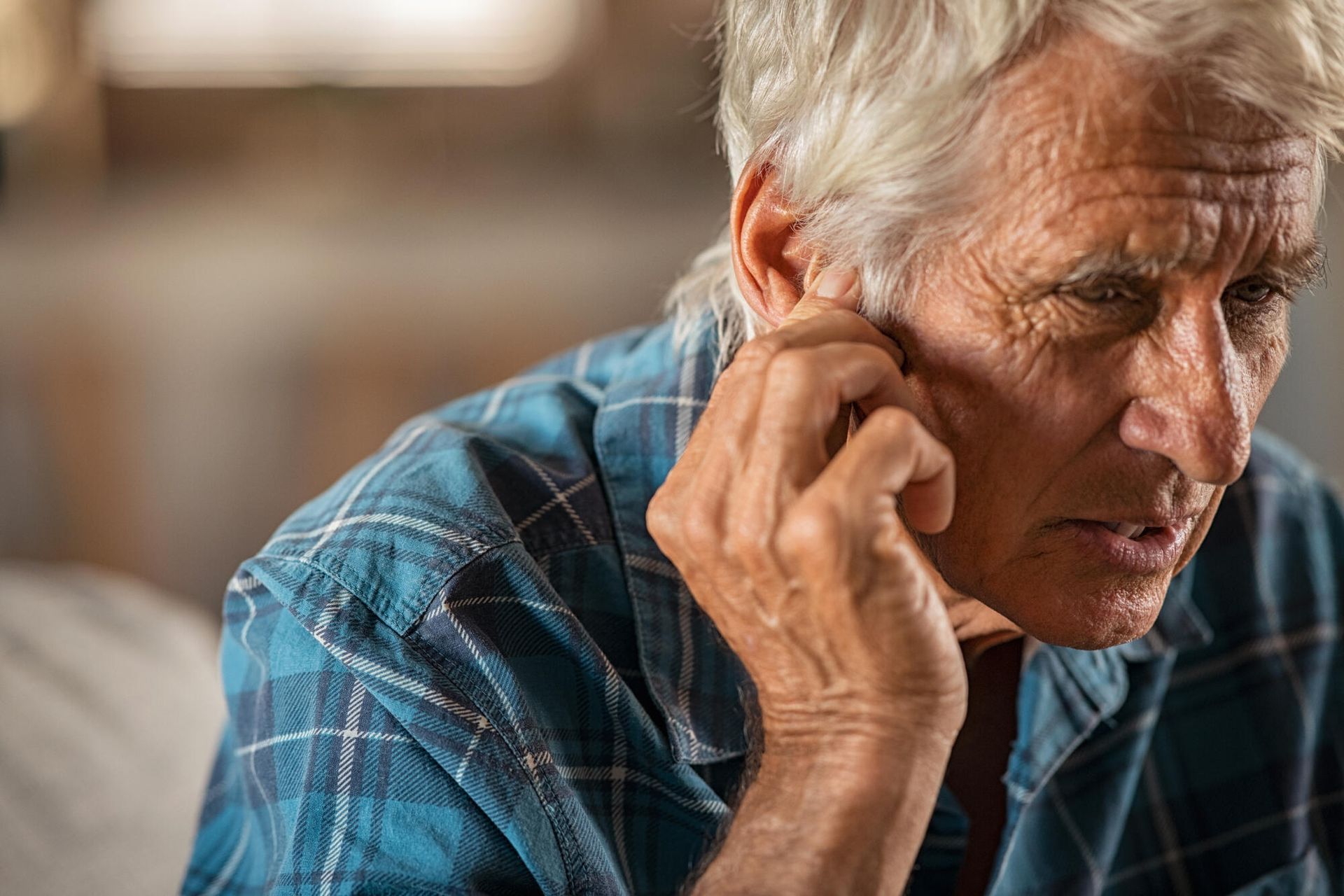Cosmetic Dentistry Solutions for Your Perfect Smile
A radiant, confidence-boosting smile begins with the right cosmetic dentistry procedures, from whitening to veneers, invisible braces, or implants, to enhance aesthetics and function. Whether your goal is a brighter, straighter, or more complete smile, cosmetic dentistry offers tailored solutions for lasting, beautiful results.
Do you ever wonder why a less-than-perfect smile can subtly dent your confidence? Cosmetic dentistry addresses this by transforming tooth color, alignment, and structure. Let's take a look at expert techniques that unlock your smile's full potential.
What Is the 50-40-30 Rule in Dentistry?
The shape and proportion of teeth have a major impact on the way a smile looks. Dentists often use simple measurements to create balance and harmony. One common guideline is the 50-40-30 rule. It helps cosmetic dentistry experts design a smile that looks natural and pleasing to the eye.
There are three primary ideas behind this rule:
- The two front teeth should be the widest
- The teeth next to them should appear slightly smaller
- The third set of visible teeth should taper down in size
The Two Front Teeth Should Be the Widest
According to the 50-40-30 rule, the central incisors should take up about half of the visible smile. This gives the teeth a strong and attractive presence. When they are too small or uneven, the entire smile can look out of balance.
The Teeth Next to Them Should Appear Slightly Smaller
The lateral incisors, which sit on either side of the front teeth, should be about forty percent of their width. This step down in size creates a natural flow that helps the smile look symmetrical. If these teeth are too large or too narrow, the smile can look mismatched.
The Third Set of Visible Teeth Should Taper Down in Size
The canines are the third teeth that people usually notice. They should be about thirty percent of the size of the front teeth. The tapering effect softens the edges of the smile and makes it appear more even.
What Are the Top Cosmetic Dental Treatments?
Cosmetic dentistry offers many ways to improve the look of your smile. Each treatment focuses on a different issue, from discoloration to missing teeth. While every patient's needs are unique, a few options remain the most common and effective.
The top treatments include:
- Teeth whitening to brighten natural teeth
- Dental veneers to improve shape and color
- Dental implants to replace missing teeth
- Invisible braces to correct alignment
Teeth Whitening to Brighten Natural Teeth
Teeth whitening is one of the most requested treatments in cosmetic dentistry. It works by lifting stains caused by coffee, tea, or aging.
In-office whitening is fast and provides dramatic results, while at-home kits give gradual changes. Whiter teeth can make a smile look healthier and more youthful.
Dental Veneers to Improve Shape and Color
Dental veneers are thin shells that cover the front of teeth. They can fix discoloration, chips, or uneven spacing.
Veneers are often chosen for a smile makeover because they create an even and natural look. With proper care, they can last for many years.
Dental Implants to Replace Missing Teeth
When a tooth is lost, dental implants provide a permanent solution. An implant is placed into the jawbone and topped with a crown that looks and feels like a natural tooth. This option restores function while improving the appearance of the smile.
Invisible Braces to Correct Alignment
Invisible braces are clear trays that shift teeth into place over time. They are popular with adults who want straighter teeth without traditional metal brackets. The trays are removable, making them easier to clean and more comfortable for daily life.
The Role of Cosmetic Dentistry in Confidence and Beauty
A smile has a direct link to how people feel about themselves. When people have stained, crooked, or missing teeth, they often hide their smiles or avoid speaking in public.
Cosmetic dentistry helps remove those barriers by creating a smile that looks natural and attractive. The change often reaches beyond appearance and touches many parts of daily life.
One of the strongest effects is the boost in self-confidence. A smile makeover can make someone feel more comfortable in both personal and professional settings. People often feel freer to laugh, meet new people, and take part in conversations without worrying about how their teeth look.
Another benefit is how cosmetic dentistry influences first impressions. A bright, even smile can send a signal of health and energy. In job interviews or social gatherings, this can shape how others view a person within seconds. While teeth are only one feature of appearance, they play an outsized role in how people are perceived.
Cosmetic treatments can also support emotional well-being. When people feel good about their teeth, they often feel less stressed about their looks. This sense of relief can reduce self-conscious habits and allow more focus on the moment.
How to Choose the Right Cosmetic Dentist
Choosing the right dentist is one of the most important steps in planning a smile makeover. A skilled professional can explain treatment options clearly, match results to your goals, and help you feel comfortable through the process. To find the best fit, there are a few key areas to focus on.
The main points to consider include:
- The dentist's training and experience in cosmetic dentistry
- The quality of their past work and portfolio
- How they approach consultations and treatment planning
The Dentist's Training and Experience in Cosmetic Dentistry
Education and experience matter when it comes to cosmetic dentistry. Dentists who focus on cosmetic treatments often complete extra training in procedures such as dental veneers, teeth whitening, and dental implants. Years of practice also help them refine their techniques, which can make a clear difference in the outcome.
The Quality of Their Past Work and Portfolio
Before making a decision, it helps to review before-and-after photos of the dentist's work. A strong portfolio shows how they have handled cases that may be similar to yours. Looking at these examples gives you a better sense of their style and attention to detail.
How They Approach Consultations and Treatment Planning
A consultation is your chance to learn about options and ask questions. The best cosmetic dentists listen carefully, explain different treatments such as invisible braces or dental veneers, and guide you toward realistic goals. A thoughtful plan shows they're committed to achieving results that match your needs.
Frequently Asked Questions
How long do cosmetic dentistry treatments usually last?
The lifespan of cosmetic treatments depends on the procedure and how well a patient maintains their oral health. Teeth whitening may last several months to a year before needing touch-ups, while dental veneers often last a decade or longer with proper care.
Dental implants can last a lifetime when placed correctly and maintained through:
- Daily brushing
- Flossing
- Regular dental visits
Invisible braces are worn for a set treatment period, and the results can be permanent when retainers are used as directed.
Can dental veneers stain or discolor over time?
Dental veneers are made from materials such as porcelain that resist staining much better than natural teeth. They generally stay the same shade for many years. However, the teeth surrounding veneers can still change color. This may create a contrast between natural teeth and veneers if whitening treatments are not used to keep a consistent shade.
Is teeth whitening safe for people with sensitive teeth?
Teeth whitening can be safe for patients with mild sensitivity, but it may require a modified approach. Dentists can use lower-concentration solutions or in-office treatments designed to limit discomfort. Using sensitivity-reducing toothpaste before and after treatment can also help. Patients with severe sensitivity should discuss options with a cosmetic dentistry provider to find a method that works for them.
What is the recovery process like after getting dental implants?
The recovery process varies depending on how many implants are placed and a patient's overall health. Most patients feel some soreness for a few days, which can be managed with over-the-counter pain relief. The bone needs time to fuse with the implant, which may take several months. During this period, patients usually wear a temporary crown before receiving the permanent restoration.
How do invisible braces compare to traditional braces in terms of treatment time?
Invisible braces often take a similar amount of time as traditional braces, though some patients finish treatment more quickly depending on their case. Minor alignment problems can sometimes be corrected in less than a year, while more complex issues may take up to two years. Patients need to wear the clear trays consistently for the best results.
Benefits of Cosmetic Dentistry
Cosmetic dentistry offers solutions that improve both appearance and confidence, from teeth whitening to dental implants and invisible braces. A smile makeover can restore balance, brighten teeth, and replace what's missing.
At our practice, Dr. Bernard Lynch, DMD, FAGD, LVIF, is committed to providing exceptional dental care that supports lasting oral health and confident smiles. He stays current with advanced dental technology to create a safe, comfortable experience. With a holistic approach, Dr. Lynch focuses on prevention, patient comfort, and long-term wellness.
Get in touch today to find out how we can help with your
cosmetic dentistry needs!












